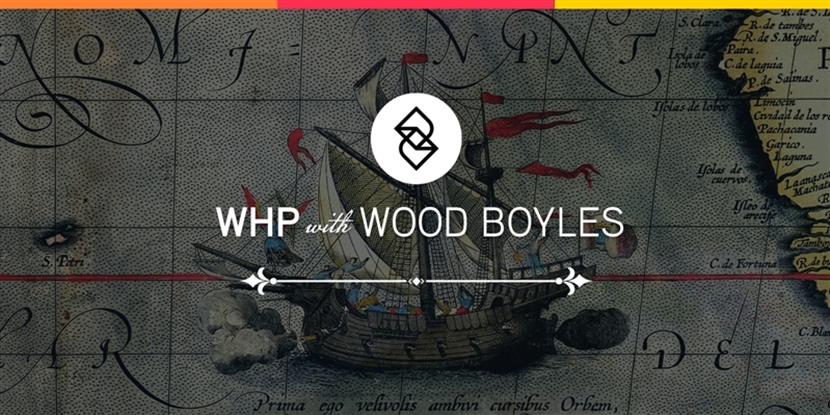In today’s video, we’ll consider the idea of syncretism. Syncretism is the process by which belief systems meld with each other and change to suit new places, people, and traditions.
|
Driving Question: Can we compare and contrast belief systems, and what would we learn if we did?
Word of the Day: Syncretism
Lesson
Historian’s Journal Prompt
|

